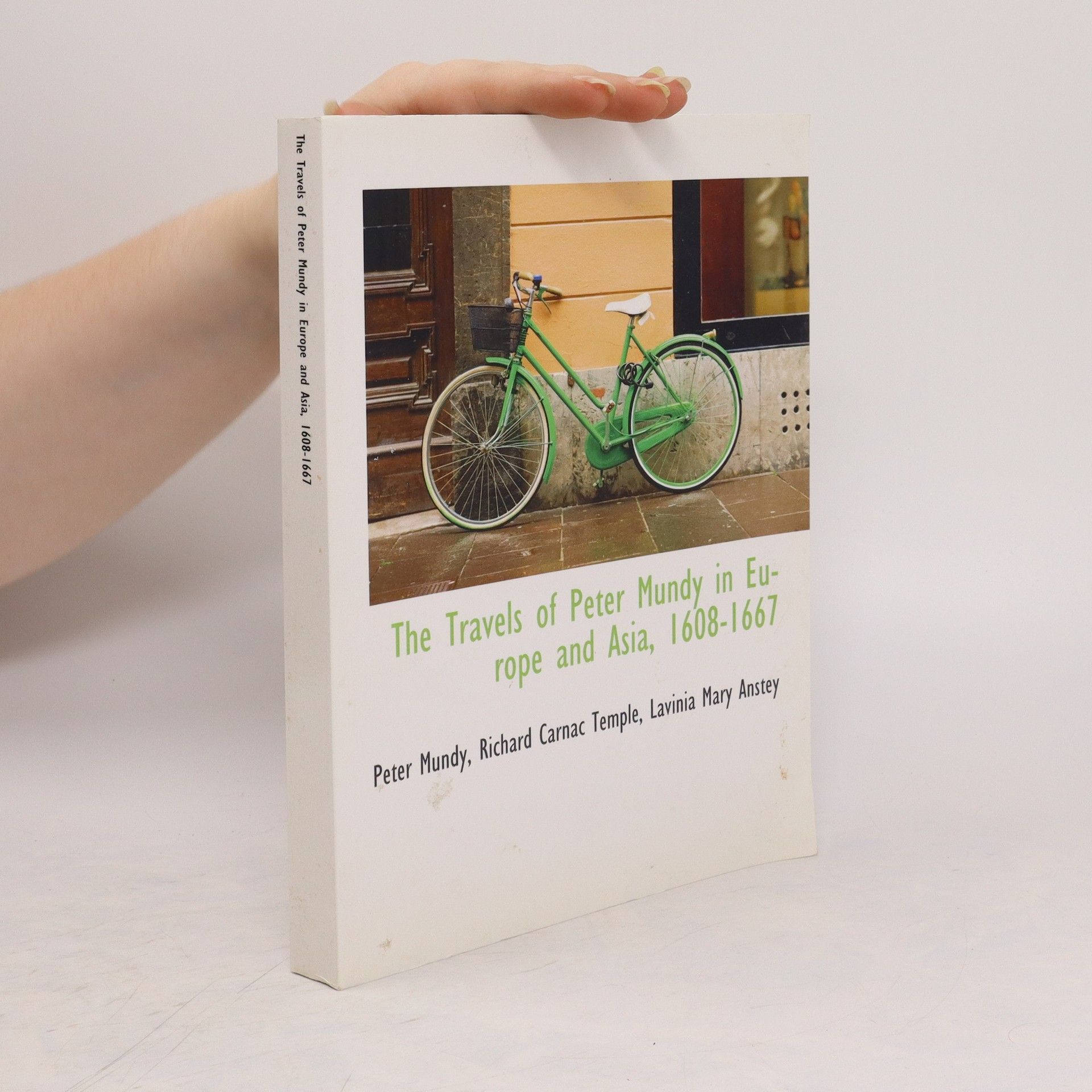Richard Carnac Temple Libros
15 de octubre de 1850 – 3 de marzo de 1931
Este autor es conocido por sus escritos antropológicos, que muestran un profundo interés en el estudio de las culturas y sociedades humanas. Su obra profundiza en las complejidades de las diferentes formas de vida con una observación cuidadosa y rigor analítico. Los lectores pueden esperar una perspectiva única sobre la diversidad de la existencia humana. Sus escritos ofrecen exploraciones perspicaces de la condición humana.
